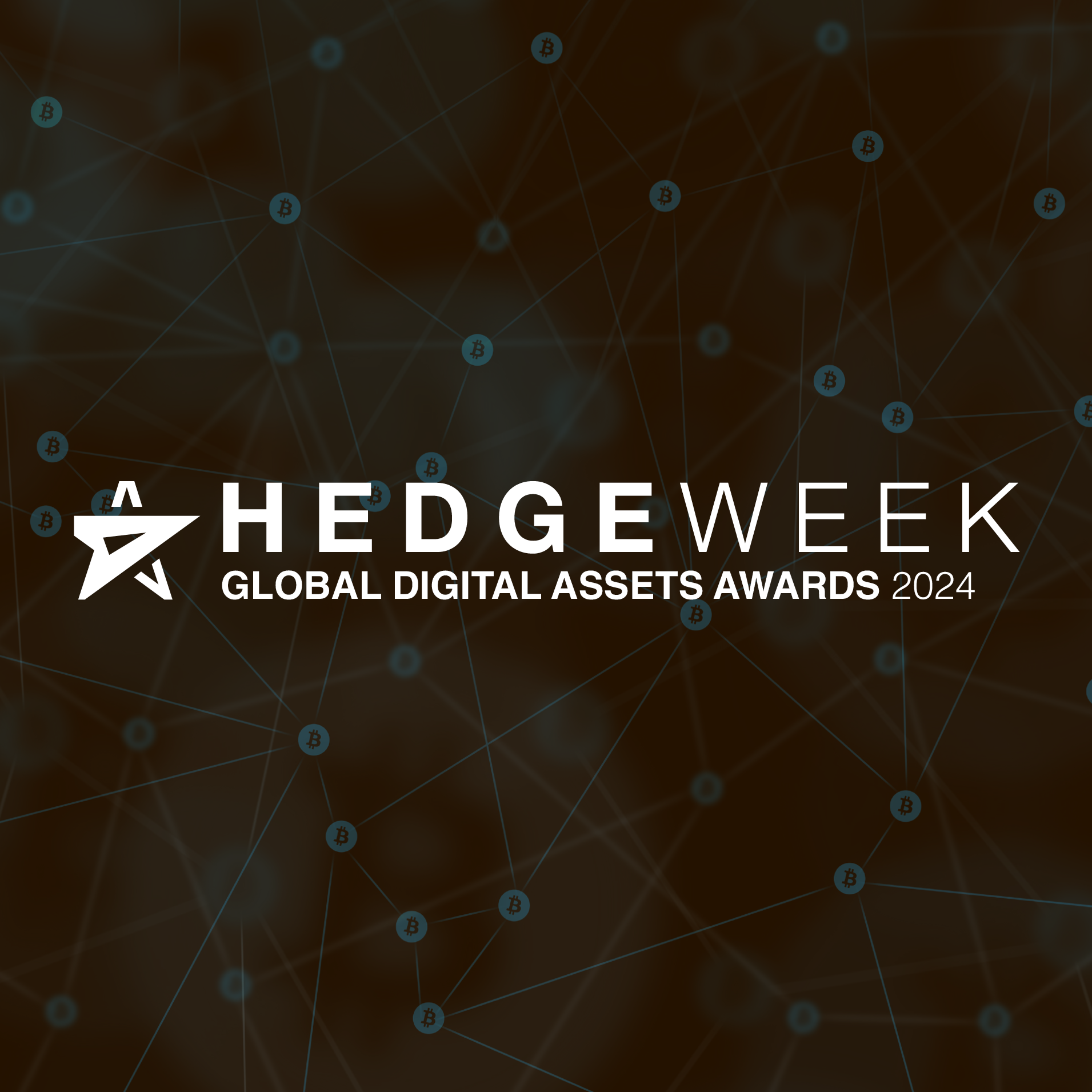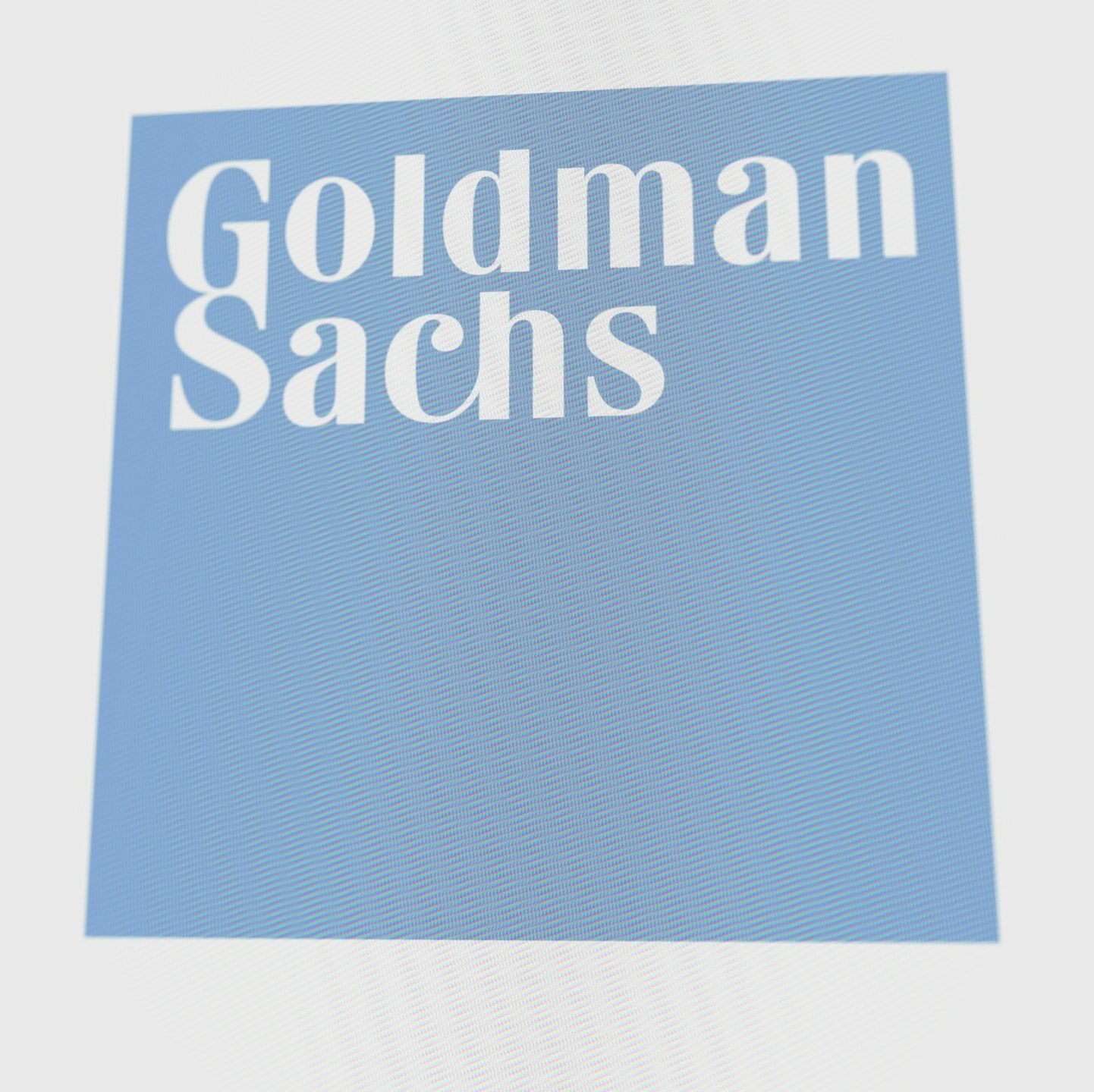The trajectory of regulation across the globe will most likely determine the future of investment in cryptocurrency and digital assets as it holds the key to mainstream adoption of the asset class. However, while this is still in the offing, industry players are finding ways to provide investors with processes and structures they understand.
By Angele Paris – The trajectory of regulation across the globe will most likely determine the future of investment in cryptocurrency and digital assets as it holds the key to mainstream adoption of the asset class. However, while this is still in the offing, industry players are finding ways to provide investors with processes and structures they understand.
Institutional interest in the asset class has been on the rise and the more sophisticated investors have made allocations, however investment by more conservative asset allocators still has a way to go.
“Regulation is the single biggest inflection point towards more mainstream adoption of digital assets,” observes Glenn Barber, Head of Sales & Business Development for the Americas, Copper.co, “We have no certainty whether the regulation to be put into place in any jurisdiction is going to be progressive, forward thinking, appropriate, retroactive, or even prohibitive.”
At present, there is a patchwork framework with no sense of cohesion. In Barber’s view, governments should bring together all the stakeholders involved – including existing regulators, potential future regulators of a new asset class, the incumbents, the participants, potential clients and legacy institutions – to work out the best way forward.
“In my mind, this is the only way to do this. The challenges lie in the fact that this is a new asset class which is entirely digital with no physical component. Further, whoever has control of the private key effectively has ownership of those assets. This means the investor protections which have been layered into the stock or bond markets over decades, do not currently exist in any meaningful form in the crypto world,” Barber points out.
The lack of such structures has contributed to investor hesitance towards the asset class. However, in lieu of robust regulation, companies including Copper have been working to provide investors with frameworks and processes which mirror those in traditional financial markets and are therefore familiar to them.
Unique custody architecture
As a custody provider in the digital assets arena, Copper has focused on building world-class architecture to offer investors peace of mind. “Any form of security in cryptocurrency needs to address the element of hacking, a threat which does not need to be taken into account in traditional asset classes. Investors need to be able to sleep at night and make sure they’re comfortable their assets are still in place when they wake up the next morning,” Barber outlines.
Copper has been devoting its attention to this and to easing investor worries around this issue and working towards eliminating and working towards eliminating what the company considers to be single points of failure.
Most crypto custodial offerings either hold the private key in a secure location, or break up a single key into various components, which are still held in the same location. This, according to Barber, exposes investors to a certain level of risk since entry to that single location will provide a hacker with access.
Instead, Copper’s solution to minimise this single-entry point risk is to break the key up into three shards, each of which is held at a different institution. “This architecture is unique in the market. So, for example, if two of the three shards are needed to sign and validate digital asset transactions, this architecture eliminates single points of failure. If Copper were to get hacked, we only have one shard per client which means the hacker does not get control of our clients assets,” Barber explains.
This is just on the custody front, Barber emphasises: “Copper is leading the way, along with other institutions, in making the space safer not only from a custody perspective, but also from a risk mitigation perspective, by minimising counterparty risk.
“My hope is that there are going to be many more institutions delivering product in the same way so that inflection point for the next percentage of mainstream adoption comes a lot quicker than just waiting for regulation and other components to come through.”
Revolutionary potential
The innovation within blockchain technology and its potential broad-based applications within the global economy will also be a driver for propelling investment in these assets.
“The evolution is less about things like cryptocurrency and more about the underlying blockchain technology,” stresses Barber, “These global permissionless databases are built to scale and can eliminate rent seeking behaviour, thus reducing fees. They are peer-to-peer and public. They can be scraped with nothing more than an internet browser which will allow a person or institution to understand the entire history of a particular object.”
This is fascinating and could have revolutionary implications for a variety of sectors such as healthcare, logistics, transportation, real estate, finance and many others. Industries will be revolutionised, streamlined and made much more cost efficient with the introduction of the right blockchain technology.
Investing in this progress could present lucrative opportunities for institutional investors. Discussing the changes he has observed in the market, Barber comments: “This institutional interest in crypto currency and digital assets is the most significant change I’ve seen. Two or three years ago, interest was primarily driven by the price of Bitcoin going up substantially and investors wanting to prticipate in those types of returns. At that point however, the infrastructure to allow for a significant institutional investment had not really been built yet.”
However, as outlined earlier, the crypto space has now come a long way in terms of structures and offerings which mirror or match traditional trading markets – elements like custody, clearing and settlement, order management, trade routing and execution, and everything that comprises the investment lifecycle.
As a result, Barber notes: “Institutions globally feel a much higher comfort level with digital assets. This is felt across the board, whether they’re investors just starting to enter from traditional finance, or those that have already been crypto-curious. They are now seeing the things that they’re used to in the equity, fixed income and foreign exchange markets. So, things they understand can now apply to the digital asset market, and that is driving more significant conversations about how to get into the space.”
The forward-thinking, sophisticated institutions like venture capital funds, global macro hedge funds and others have already moved into this new asset class, making very significant allocations.
At the other end of the risk spectrum, the more conservative investors like pension funds and endowments are having fundamental, broad-based educational conversations. “They are starting to allocate money to VC funds that could invest in crypto. Eventually asset allocators and consultants will start questioning whether they should give money directly to hedge funds or digital asset managers money but that’s still a way away,” Barber concludes.
Glenn Barber, Head of Sales, Americas, Copper.co
Glenn Barber is the Head of Sales & Business Development, Americas at Copper.co – a pioneering digital assets custody and settlement provider. Prior to joining Copper, Glenn led sales as a consultant at FalconX, an institutional digital asset brokerage, and he was also the Chief Institutional Officer at Voyager Digital, a publicly-traded holding company whose subsidiaries operate a crypto-asset platform to trade crypto assets. Glenn also has over 25 years’ experience in global capital markets and was a Managing Director in Equities at Deutsche Bank and Barclays.
Register for the Hedge Fund US Digital Assets Summit here.








